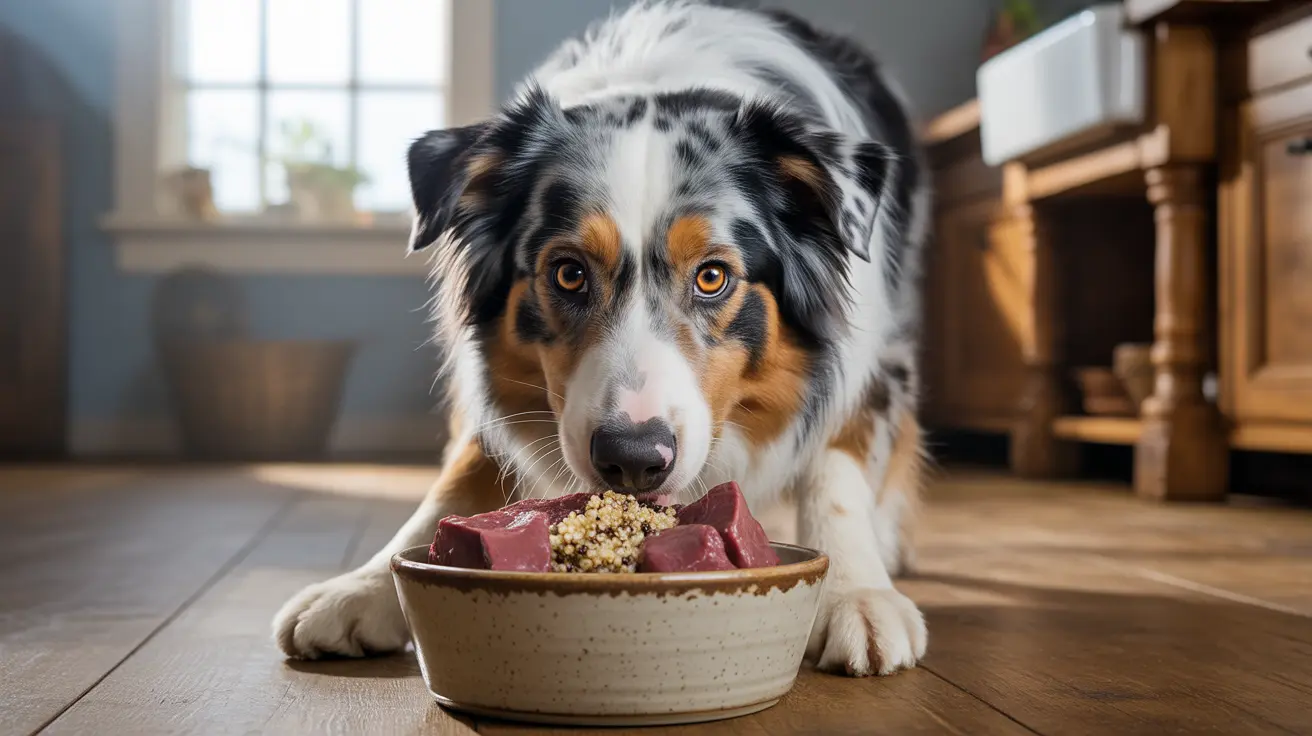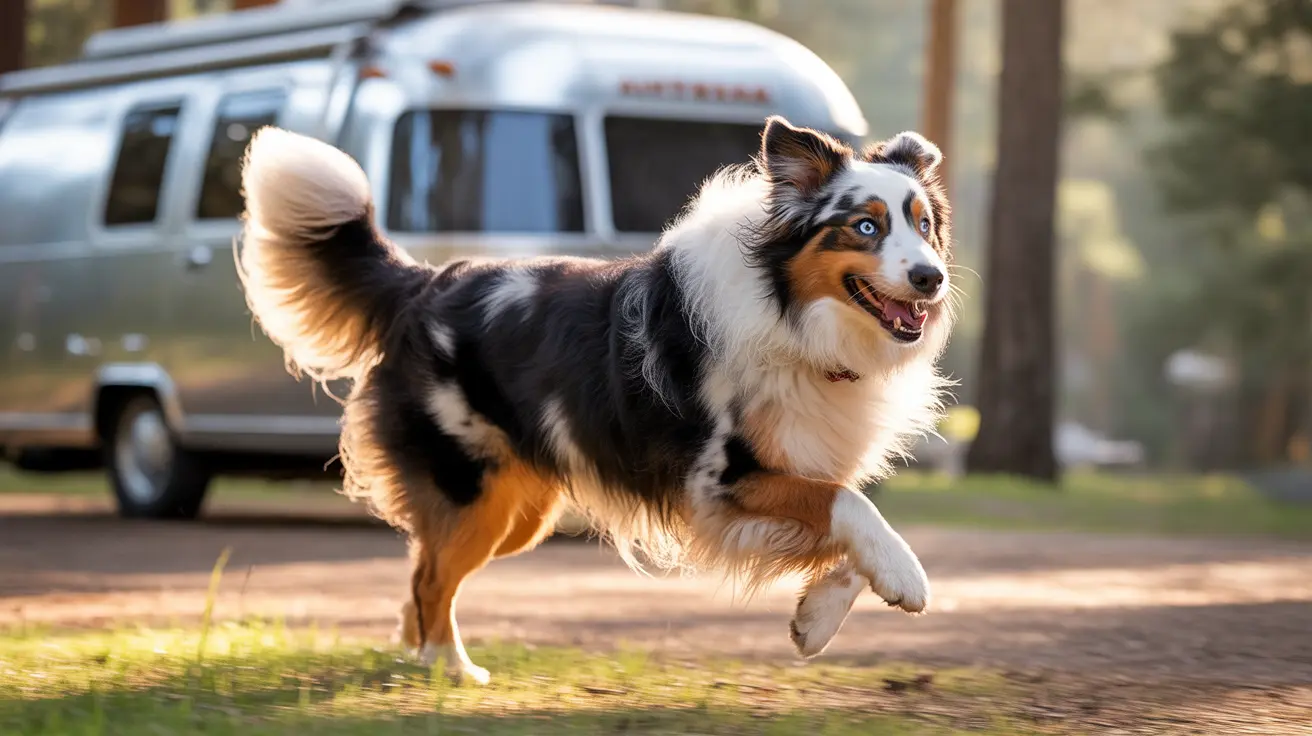Is Salt Safe for Dogs? Understanding the Risks and Recommendations
Salt, or sodium chloride, is a vital nutrient for dogs—just as it is for humans. It helps maintain fluid balance, supports nerve and muscle function, and keeps cells healthy. But while a little salt is essential, too much can quickly become dangerous.
The Role of Salt in Canine Health
Dogs require some sodium to survive. It's crucial for:
- Maintaining proper hydration and fluid balance
- Supporting nerve signal transmission
- Ensuring normal muscle contractions
Commercial dog foods are formulated to provide the right amount of sodium (typically around 0.3%), so most dogs get what they need from their regular diet without any extra added salt.
When Salt Becomes Dangerous: Salt Toxicosis
If a dog consumes too much salt, it can lead to salt toxicosis, also called hypernatremia. This condition means there’s a dangerously high level of sodium in the bloodstream. Excess sodium pulls water out of cells, disrupting fluid balance and potentially damaging the brain and nervous tissue.
- Salt poisoning can develop over minutes or hours after ingesting a large amount.
- Dogs are most at risk when they drink salt water (like at the beach), eat salty foods or household items (such as homemade play dough or rock salt), or lick de-icing chemicals from their paws.
Common Sources of Excess Salt Exposure
- Salt water (especially at beaches)
- Sodium-rich processed foods (chips, cured meats, cheese)
- Homemade play dough or salt dough crafts
- Chemicals like rock salt (de-icer), table salt, soy sauce
- Sodium-containing enema solutions
- Certain household items like paintballs or decorative doughs
Water deprivation is another important factor—if a dog eats salty food but drinks plenty of fresh water, they may tolerate moderate increases in sodium. However, without access to fresh water, even small amounts of extra salt can be dangerous.
Symptoms of Salt Poisoning in Dogs
- Vomiting and diarrhea
- Lethargy or sluggishness
- Loss of coordination or wobbly gait
- Excessive thirst and urination
- Muscle tremors or seizures
- Weakness
- Lack of appetite
If left untreated, severe cases may result in coma or death. Small breeds are particularly vulnerable—a toy breed could become ill after less than a teaspoon of table salt.
If You Suspect Salt Poisoning: What To Do Next?
- Note how much salt your dog may have ingested and when.
- Avoid inducing vomiting or forcing your dog to drink large amounts of water unless directed by a veterinarian—rapid changes in fluid balance can be risky.
- Contact your veterinarian immediately if you notice any symptoms or suspect significant ingestion.
Treatment for Salt Toxicity
Your vet may perform blood tests and administer intravenous fluids slowly while monitoring your dog's condition closely. Home remedies aren’t recommended; professional care is essential for recovery.
Prevention Tips: Keeping Your Dog Safe from Excess Sodium
- Avoid giving salty snacks like chips, processed meats, cheese, soy sauce, canned foods in brine, and salty soups.
- Keep homemade play doughs and rock salt out of reach.
- If you use ice-melting salts outdoors in winter, protect your dog's paws with booties or rinse them thoroughly after walks to prevent irritation and accidental ingestion.
If you want to offer treats, choose healthier options such as fresh vegetables (carrots, green beans), plain cooked meats without added salt, plain rice or oats, and unsalted peanut butter that’s free from xylitol.
Puppies & Special Considerations
Puppies may need slightly more sodium than adults due to growth demands—but reputable puppy foods already account for this. No extra supplementation is needed if you’re feeding balanced commercial diets designed for your dog’s life stage.
The Dangers of Winter: Rock Salt & Paw Protection
- Rock salts on sidewalks can irritate paw pads—sometimes causing burns or cuts.
- Your dog might lick their paws after walks and ingest these salts unknowingly.
Avoid heavily salted walkways when possible; use protective booties during winter walks; always rinse paws after exposure to de-icers; consider applying paw balm for extra protection against dryness and cracking.
The Bottom Line: How Much Salt Is Safe?
Your dog needs some sodium—but only what’s already present in quality commercial food. Table scraps with added salt aren’t necessary and could cause harm over time. Always ensure access to fresh water. If you ever suspect your pet has eaten something salty or shows worrying symptoms (vomiting, lethargy), don’t wait—contact your vet promptly for advice and treatment if needed.





